
Even before the Coronavirus, our society has experienced a trend in divorces, primarily from people over 50 – what is commonly called the “Gray Divorce.”
Now that the Coronavirus has emerged, that trend seems to be continuing and even increasing. Psychologists say that crises, such as a death in a family, either strengthens or weakens a relationship. So, in the case of the Gray Divorce, there seems to be an intersection of two societal phenomena that is causing this.
First, the fact that for months the world has been on lock down has resulted in what some describe as a spotlight beaming on cracks in relationships that were otherwise dimmed by the limited amount of time couples were spending together when they were working and socializing away from one another. The other phenomena is much more pervasive, one that was already a big part of this trend but is not more apparent and accelerated because of the Coronavirus. What I have heard from many “Gray Divorce” clients and read about many others is that, now with our extended lifespan, they are no longer willing to live what may be the last third or more of their lives in a relationship in which they are not happy. Many clients in this situation explain that they have been living in a situation, usually once the children leave, that they feel is untenable. They are living like roommates, some not having even shared the same bed for years. These clients often have little in common, few shared interests, and no interest in trying to revisit and revive the interests they once shared. So, what are these couples to do?
In the past, both members of a couple rarely survived into their mid to late sixties; now many couples are both living into their 80’s and even their 90’s.
And while, it sounds very quaint when a couple, like President George H. W. and Barbara Bush, live long enough to celebrate their 70th anniversary together, they are definitely the exception and not the rule for the Baby Boomer generation.
Earlier generations, who married as much for a partner to help run the family farm or business or just raise a family and have a home, were satisfied for companionship in their golden years, if they both lived that long. The post WWII generation wanted, expected more and this trend is the fruition of those expectations. Now, before we start bashing an entire generation for being self-consumed and Narcissistic, it is worth considering Maslow’s Hierarchy of Needs.
Throughout history, mankind has been evolving, most sociologists will say.
When society was threatened by hunger and war, they concentrated mostly on the bottom levels of Maslow’s pyramid – they sought food, clothing and physical safety – that was all they could hope for and that was enough. Romantic love was not even a consideration throughout most of history in pairing up. If you married someone whom you considered an acceptable companion, that was a huge and unexpected bonus.
But, as hunger and physical safety were no longer threatened daily, romantic love began to appear, primarily in the writings in the “romantic period” in the 1800s.
And once that expectation was introduced, and the World Wars and the Great Depression were behind us, our society began to idealize what the perfect marriage and family unit looked like – the 1950’s Ward and June Cleaver marriage – a breadwinner husband and a wife that cared for the home and children. That became a model that was publicized as what marriage had always been, but marriage historians and authors, like Stephanie Coontz, The History of Marriage and Divorce: Everything You Need to Know, remind us that that idealized 1950’s home was the anomaly – not the historic norm. But nonetheless, that 1950’s idealized home provided physical safety, food, clothing, love and belonging, and then, just as Maslow predicted, when those needs were met, our society wanted more.
So, with the birth and growing up of the Baby Boomers (and often then, their 1950s moms), the 1960s were all about people wanting to develop their own sense of self – self-esteem – or the “I’m OK, You’re Ok” movement, where people wanted to the freedom to follow who they wanted to be, not just a template of what the 1950s told them their life should look like. And once those Baby Boomers were able to follow their professional and personal dreams, they felt good about themselves. And if the lifespan were what it was even 50 years ago, that would be about all people had time to fit in to their lives. But then came medical advances and longer lifespans.
So, what does this mean for the Baby Boomers’ marriage and divorce in the 21st Century?
As Baby Boomers are living longer, they now want to grow personally – to achieve personal fulfillment. What we are seeing with younger generations is that they are starting out their lives with the goal of finding fulfillment in their personal lives and in their careers, unlike their parents and grandparents who had to work at 9-5 jobs their entire working career to have a financially secure life. Younger generations are less awed by materialism, like the 1980s, and that should probably be a good thing. It is unfortunate that older generations criticize young people for wanting to change the world and find their work fulfilling in that way rather than accumulating material goods like McMansions and a large portfolio. Eventually, the Baby Boomers get to the point that the young people of the Millennial Generation already are – the realization that happiness does not come from stuff.
So what does this have to do with marriage and the trends we see with the “Gray Divorce”?
Because Baby Boomers now have a longer life span, many of them are not willing to live the final years of their lives in an empty relationship. They often don’t dislike the other spouse, but they want to share their lives with someone who shares their interests and their level of adventurism and excitement about life. Now, this trend might have been more gradual but for the Coronavirus.
Coronavirus has forced our entire human population to face their mortality in accelerated pace, more like back in the times of the Revolutionary War, the Civil War and the World Wars and earlier diseases and pandemics, all of which affected nearly every family much more intimately than recent distant wars and controllable diseases. But Coronavirus has laid open the question of mortality and so, particularly the Baby Boomers, who are closer to facing it than younger generations, many of them are saying, “I don’t know how long I have left, but I want more out of what’s left of my life than what I am getting from this relationship.” And as mentioned earlier, most members of the Baby Boomer generation (and generations that follow) no longer have the daily fear of physical danger and hunger and they lived in the 1940s, 50s, 60s and 70s, so they have an expectation that their marriage will have romantic love and they should strive for self-esteem and self-actualization (fulfillment). With all those factors at play, it is really not as shocking and surprising that the “Gray Divorce” is the largest group we are seeing divorcing today. So how can we best serve that group as family lawyers? For answers to that question, please see Part 2 of this series.


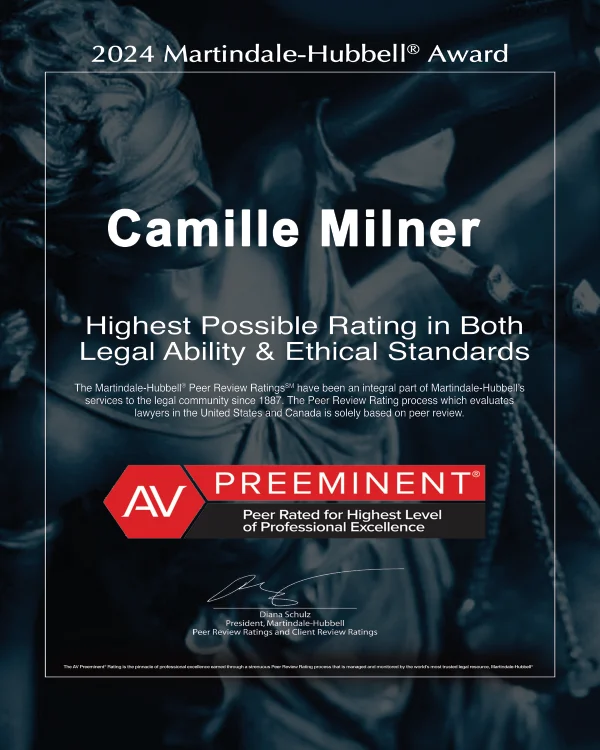
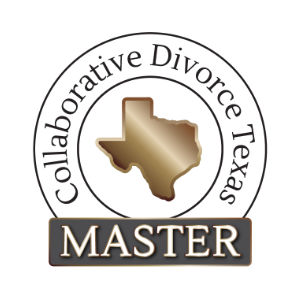




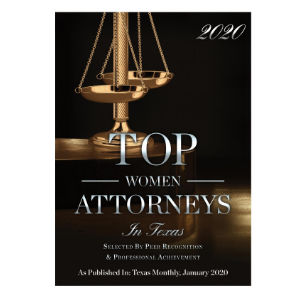

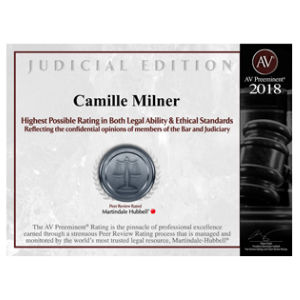
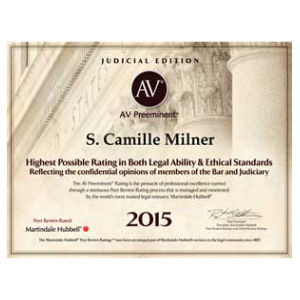

Leave a Reply